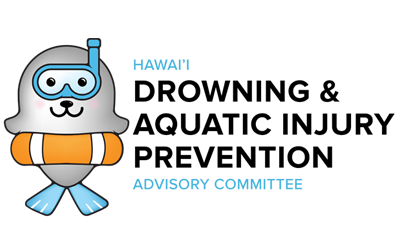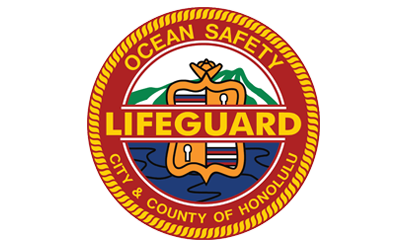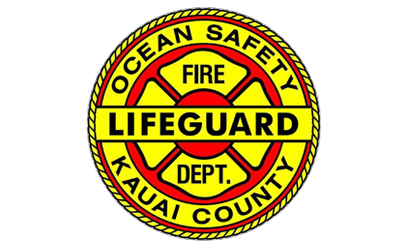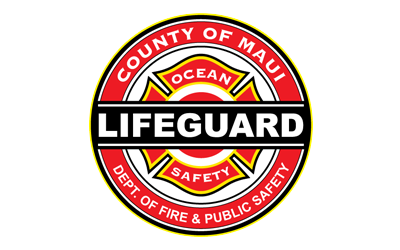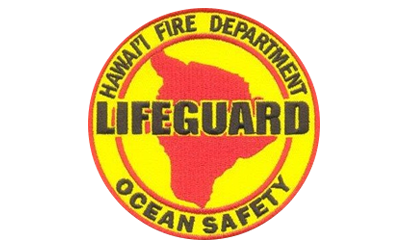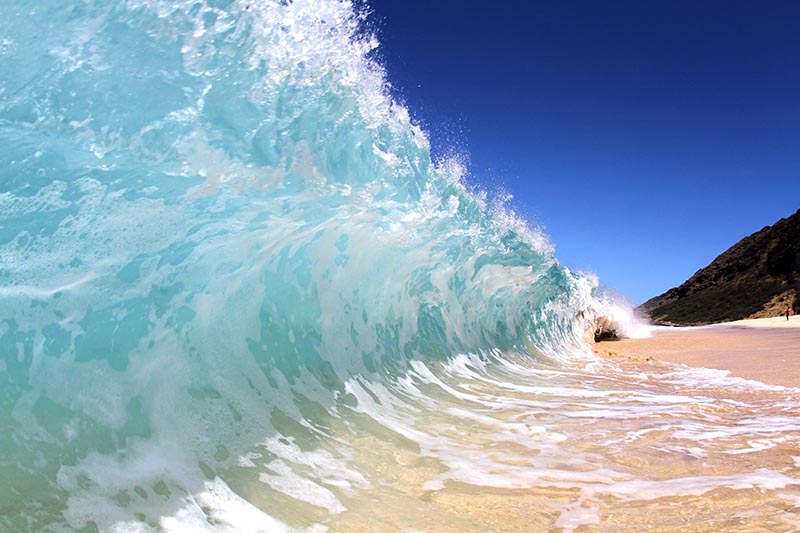
Waves that break directly onshore pose a large threat to beachgoers.
Mana Photo/Shutterstock.com
Shorebreak is an unpredictable and dangerous ocean condition when waves break directly onshore. Shorebreak can happen when there is a rapid transition from deep to shallow water. Its powerful energy can knock anyone in the water off of their feet and drive them into hard sand or sharp rocks and coral on the ocean floor, especially in shallow water. This can cause serious injury to the head, neck and spinal cord, as well as to the extremities.
Shorebreak can be stronger and more dangerous in Hawaii than in other parts of the world, even when the surf is relatively small. In fact, the average wave height when a spinal cord injury occurs is 3 feet.
Waves travel a great distance before reaching Hawaii’s shores, and when waves finally reach the islands, there is no continental shelf to slow them down, making the shorebreak a powerful force at Hawaii beaches.
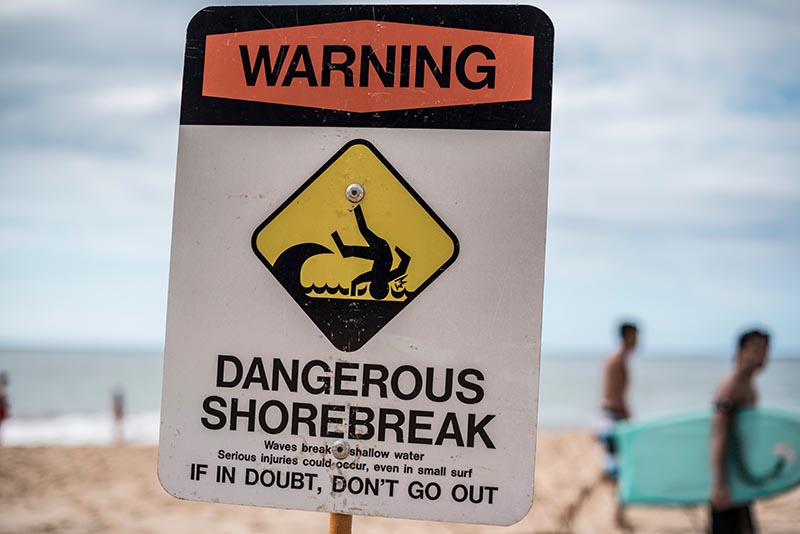
Safety officials post signs to alert beachgoers of hazardous conditions such as dangerous shorebreak.
Valeria Venezia/Shutterstock.com
You should avoid going into the water at beaches with dangerous shorebreak; even wading in a strong shorebreak can be dangerous. You should also stay further back from the shoreline – shorebreak can create hazards in shallow water. Look for signs at the beach that indicate that dangerous shorebreak is occurring, or talk to a lifeguard about conditions.
If you do go into the water during strong shorebreak, pay attention as you enter the water. Never dive into shorebreak head first – this could cause the wave to drive you into the ocean floor resulting in serious injury. Instead, duck under oncoming waves. Always listen to lifeguards as conditions may change quickly.
If you get caught in strong shorebreak, remain calm. Try to get a breath of air in between incoming waves, and protect your head and neck with your arms.


